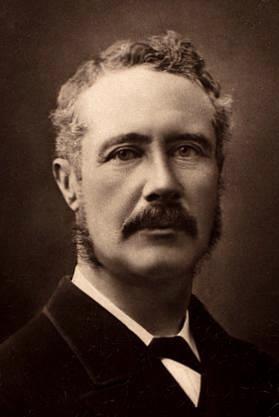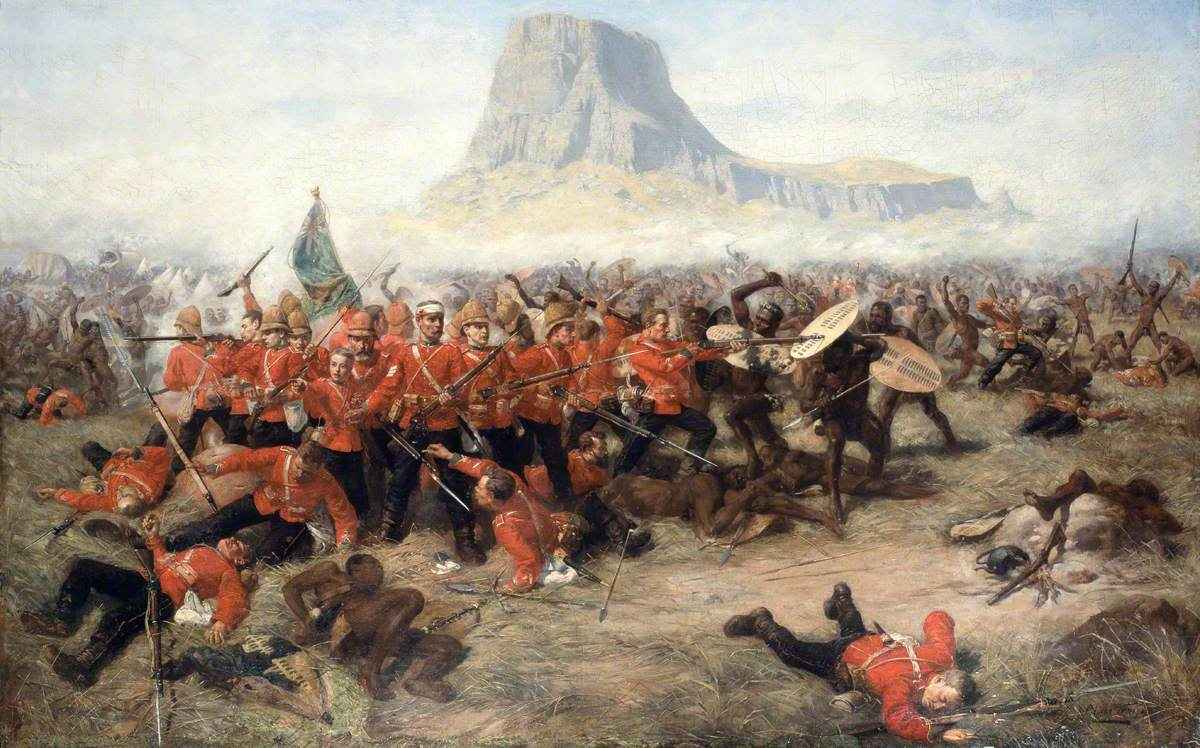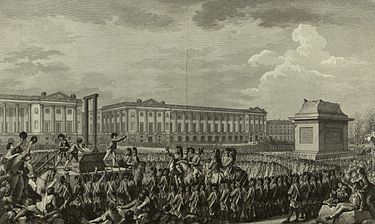 War is bad. Probably you already knew that. But it’s odd, looking back through the bloody 20th century, to reflect on how our distaste for it is inextricably bound up with the scale of the slaughter in recent times. In fact it wasn’t any better being bayoneted, speared or whacked with a stone axe in a very small-scale combat. As George Macdonald Fraser put it in his wonderful memoir of Burma in the later stages of World War II “the size and importance of an action is no yardstick of its personal unpleasantness.”
War is bad. Probably you already knew that. But it’s odd, looking back through the bloody 20th century, to reflect on how our distaste for it is inextricably bound up with the scale of the slaughter in recent times. In fact it wasn’t any better being bayoneted, speared or whacked with a stone axe in a very small-scale combat. As George Macdonald Fraser put it in his wonderful memoir of Burma in the later stages of World War II “the size and importance of an action is no yardstick of its personal unpleasantness.”
I’m reminded of this truth in contemplating the “Noble Train of Artillery”, captured British guns and supplies that arrived at Washington’s headquarters in Cambridge, Massachusetts on January 27, 1776, and made a signal difference to the Revolutionary War in New England, forcing the British to evacuate Boston early that spring. It was an amazing feat of logistics, and endurance, by Colonel Henry Knox and a very determined band of men, to take the captured weapons and munitions from Fort Ticonderoga in New York through the winter mud, snow and sleet to Massachusetts.
According to Google Maps, it’s only 223 miles and could be driven in four hours 14 minutes. But of course there weren’t Google Maps back then, or cars, or paved roads. They had to disassemble the guns, haul the bits and pieces on sleds, load them into makeshift boats, refloat them when the sank (which a “gundalow” carrying the whole lot did in Lake George, fortunately in very shallow water), thicken river ice by pouring water on top of it, and generally not give up when cold, wet, dirty, frustrated, discouraged, hungry and miserable.
The total load weighed about 60 tons, and consisted of 43 big iron or brass cannons, six “cohorns” (small tactical mortars), eight big mortars, and two primitive howitzers. In the world wars, with their thousand-gun barrages, it would have been considered a feeble battery even if composed of 20th-century weapons. Back then it altered the regional balance of power.
Thus the American Revolutionary War was tiny by our standards. Total American battle deaths were under 7,000 and the British total was even smaller. (The French was larger, around 10,000, but mostly at sea.) Somehow the Dutch lost 500, on the American side. Mind you, disease claimed an enormously higher proportion of combatants back then, accounting for about 90% of all military deaths. Even so, total losses by all parties were smaller than either side lost in the 1916 Battle of the Somme alone. Yet each of those deaths could be as disagreeable as any that happened on the Somme. Indeed, in Washington Square in Philadelphia are the unidentified remains of thousands of American soldiers who died of disease and wounds, many doubtless horribly.
They were also enormously important. The scale of a battle is no yardstick of its significance either. Those 50,000 or so who died on the American side helped change world history vastly for the better. So, indeed, did those exhausted hungry men with freezing wet feet who helped Henry Knox get those vital cannons to Washington in January 1776.






